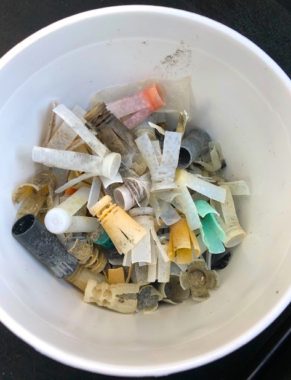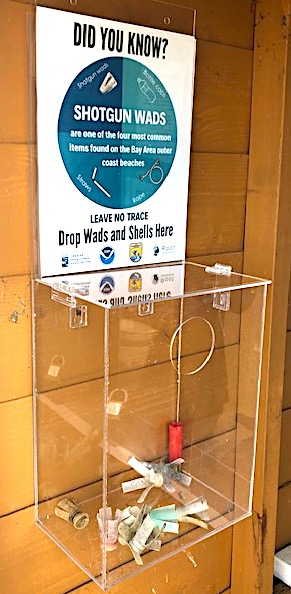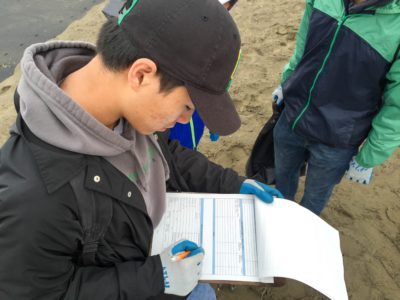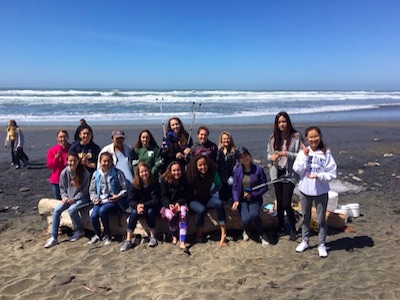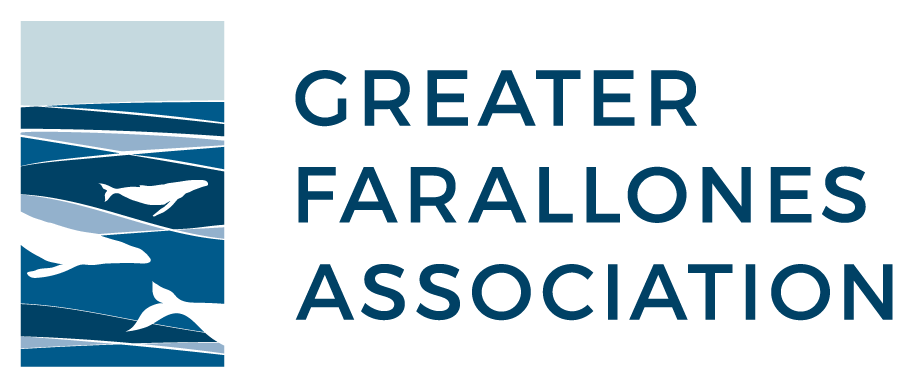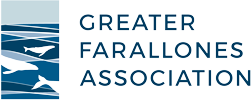Marine Debris
Did you know that plastic shotgun wads are one of the most commonly found items on surveyed Greater Farallones National Marine Sanctuary beaches? Read our 2021 report, A Behavior Change Campaign to Reduce Plastic Shotgun Wad Debris on the North-Central California Coast, to learn more.
The report, developed in partnership with NOAA’s Greater Farallones National Marine Sanctuary (Sanctuary), NOAA’s Office of Response and Restoration Marine Debris Program (NOAA Marine Debris Program), and non-profit organization Root Solutions, details the planning and execution of a pilot environmental behavior change campaign to address the issue of shotgun wad debris in Sanctuary waters. The campaign, focused on two hunting reserves on San Francisco Bay, included interviews and surveys with waterfowl hunters to develop strategies that encourage retrieval and proper disposal of shotgun wad debris. The report provides recommendations for improving existing shotgun wad reduction campaigns and advancing the use of biodegradable ammunition alternatives. These recommendations can be transferred to other state and federally-managed hunting reserves/refuges and private hunting clubs where shotgun wad/shell debris is prevalent.
How the Project Identified Shotgun Wads as Point Source Debris
In 2011, a devastating 9.0-magnitude earthquake hit Japan and a subsequent tsunami washed roughly 5 million tons of debris into the Pacific Ocean, some making its way onto California beaches. This prompted widespread efforts to assess the quantity, movements, and impacts of the tsunami-related debris. Greater Farallones Association (Association) joined the cause and in 2012, began tracking and analyzing debris found on Sanctuary shores in partnership with the Sanctuary and NOAA Marine Debris Program.
From 2012 to 2017, Association staff and volunteers conducted monthly surveys at six permanent beach sites within Marin, San Francisco, and San Mateo counties, monitoring and recording all discarded items in six categories: plastics, rubber, metal, glass, fabric, and lumber. With the help of over 150 volunteers, we completed 324 surveys and recorded over 30,000 debris items. Looking at trends and patterns in the types, frequency, and abundance of debris, we found that over 90% of all items recorded were plastic, the majority of which were hard-plastic fragments. This valuable baseline data was added to the Marine Debris Monitoring and Assessment Project (MD-MAP), an online database with information from hundreds of US and international beach surveys. Project methods and findings are detailed in the report.
Of the top 10 most abundant non-fragment plastic items documented, bottle caps, straws, shotgun shells/wads, and rope were present at all six sites. Bottle caps, straws, and rope are considered non-point source items, meaning they originate from many sources and cannot be traced back to specific locations. However, shotgun wads can be identified as point source debris because they are tied to a more narrow demographic and may originate from distinct locations such as hunting reserves and shooting ranges located along the San Francisco Bay shoreline or adjacent to rivers and sloughs that flow into the California Delta.
Developing a Roadmap for Addressing the Problem
The project findings presented a unique opportunity to pilot a behavior change campaign in partnership with the waterfowl hunting community. Through online surveys and in-person interviews, the Association and Root Solutions learned directly from waterfowl hunters about their opinions and behaviors regarding shotgun wad debris. Understanding the hunters’ values and motives was an important first step. Next, the team developed campaign strategies informed by the hunters’ insights and implemented the campaign at two sites: Don Edwards San Francisco Bay National Wildlife Refuge and Eden Landing Ecological Reserve. The outcomes of the campaign and resulting recommendations are detailed in the report, which can be used as a roadmap for addressing shotgun wad debris in California and other locations.
The project team also continued MD-MAP surveys at four coastal beaches to not only track the presence and location of all debris including shotgun wad/shell debris, but to deepen our understanding of the problem of marine debris on California beaches.
Project Lead: Kate Bimrose, Greater Farallones Association
